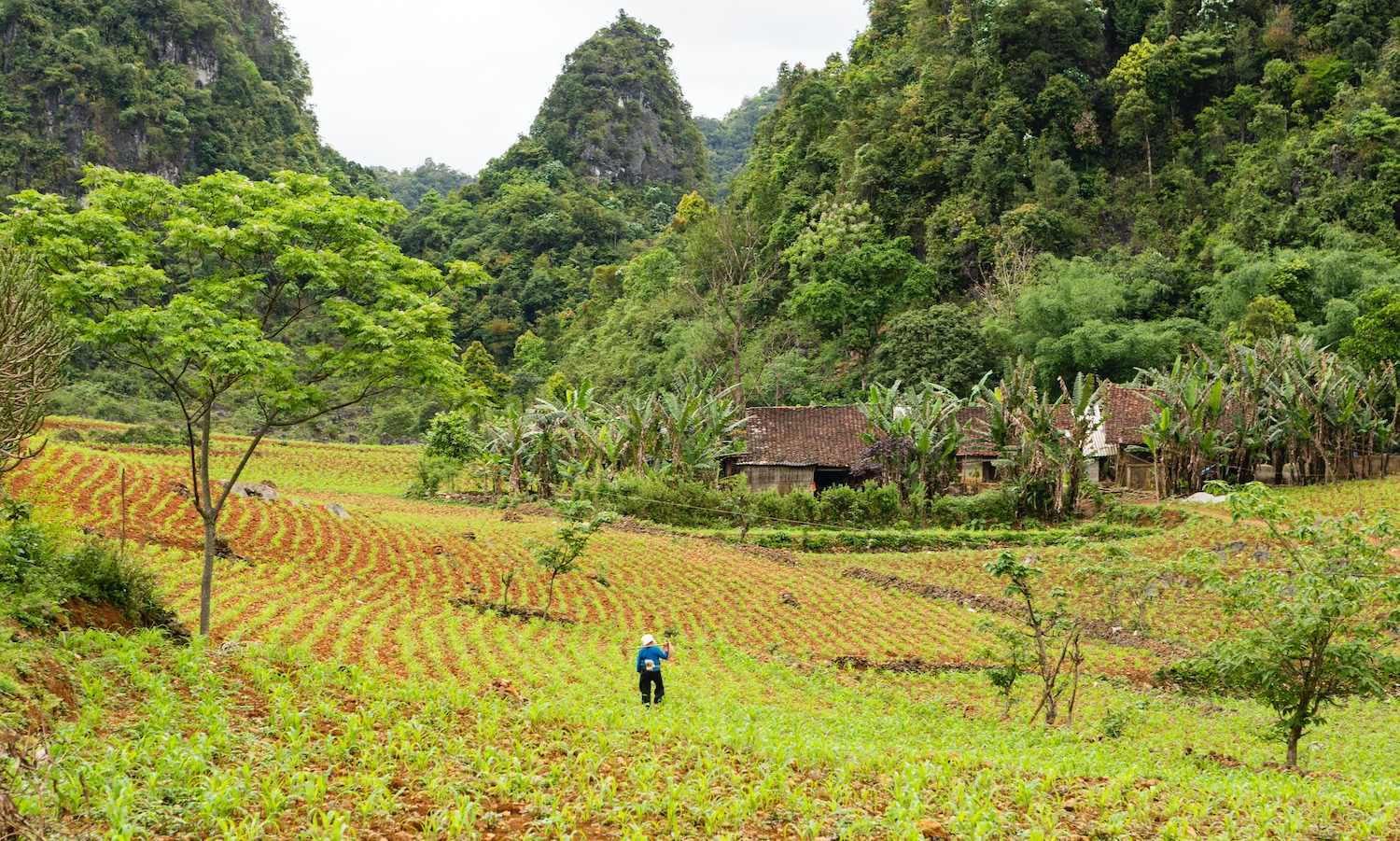Current food systems are responsible for one-third of global greenhouse gas emissions and for nearly 80 percent of biodiversity loss. Moreover, they contribute to forest destruction, the displacement of communities, water pollution and soil degradation. They are often based on chemical-dependent monocultures which makes them vulnerable to disease and climate related shocks. Today, this model of industrial agriculture is no longer fit for purpose.
As the COP28 climate talks take place Dubai, it is urgent to both drastically reduce greenhouse gas emissions from food and farming, and for our food systems to become more resilient to the extreme events the climate crisis is creating. We need to rethink our food systems and transition to diversified agroecological systems that can ensure we address this twin challenge, and to provide nutritious diets to a growing population without destroying the planet.
Switching to agroecology offers a way to produce food within diverse landscapes growing and nurturing different crops, livestock and fisheries suited to the conditions and communities that live in the area. Agroecological practices improve the health of farmed soils, making them more resilient to floods and droughts, while increasing their capacity to sequestrate carbon and to preserve water. Agroecology also contributes to 15 out of the 17 UN Sustainable Development Goals including addressing poverty by increasing local incomes, improving health through more nutritious diets and less exposure to harmful chemicals, as well as addressing gender inequality by involving local communities.
Backed by scientists, social movements, farmers and governments, agroecology is already providing solutions across the world. In Mexico, climate change has caused a decline in yields—while increasingly ferocious hurricanes have wiped out fruit crops. The country has pioneered a move towards agroecology for two decades and has already seen a 4 percent improvement in rural food security. Many farmers, for example, farmers are now producing drought-resistant nopal cacti to feed their livestock. Using native plants that need little water helps farmers face a drying climate. And it reduces the climate and environmental footprint of growing, processing, and transporting industrially farmed animal food.
Smallholders are witnessing the recovery of the fertility and moisture levels of their soils, higher productivity and competitiveness. Researchers have found that when agroecology is combined with the right type of seed, it improves the resilience of crops, increases soil carbon and produces healthy and nutritious food combined with social justice and inclusion for rural populations.
In Cambodia, soil fertility depletion in the uplands and lowlands reduces the land’s ability to absorb water during heavy rains, decreases soil nutrients, increases dependency on inorganic fertilizers and raises production costs. The government has started a move towards agroecology with a focus on annual rainfed cropping systems and the promotion of nitrogen-fixing legume cover crops. This way, soils store more organic carbon especially when cover crops are combined with no-till management. In addition, a network of cover crop seed producers is expanding, allowing smallholder farmers to both protect the land and gain an extra source of income.
However, the country needs to scale-up agroecology and help farmers to make the transition. Governments, the private sector, farmers and researchers need to collaborate to find solutions. Cambodia has launched a consortium to mobilize the different players, and support from the international community would help roll-out the benefits of agroecology.
In Vietnam rising sea levels are impacting rice crops while mountainous monocultures are suffering from soil erosion during heavy rains. Rice farmers are beginning to move from intensive rice farming – which involves three harvests each year with insecticides and fertilizers—to one organic rice season during wet periods and one shrimp season during times of salt water intrusion. Meanwhile, farmers in the mountains are switching to agroforestry with several crops like mango, avocado and peanut.
The Vietnamese government has a strategy to transition to agroecology by 2030. Farmers need support during the transition to more diverse agroecological systems, as their incomes may initially decline, before increasing and becoming resilient.
COP28 can encourage a food system transformation based on the principles of agroecology. With financial support and knowledge sharing farmers can make the switch to a future-proof food production system. By creating mechanisms that connect farmers, seed providers, trainers, financers, innovators, retailers and other players in the food sector across the world, COP28 can build the momentum for agroecology.
At the same time, consumers must be made aware of the benefits of sustainable, healthy, socially just and nature-friendly products.
Today our food systems are on the frontline of the climate emergency. Agroecology is a proven and ready solution to change this, and the scientific evidence of the potential of agroecology to address the multiple crises is there. We encourage decision-makers meeting at COP28 to support the transition through policies, financing and knowledge sharing platforms.
Articles like the one you just read are made possible through the generosity of Food Tank members. Can we please count on you to be part of our growing movement? Become a member today by clicking here.
Photo courtesy of Marc Hastenteufel, Unsplash











